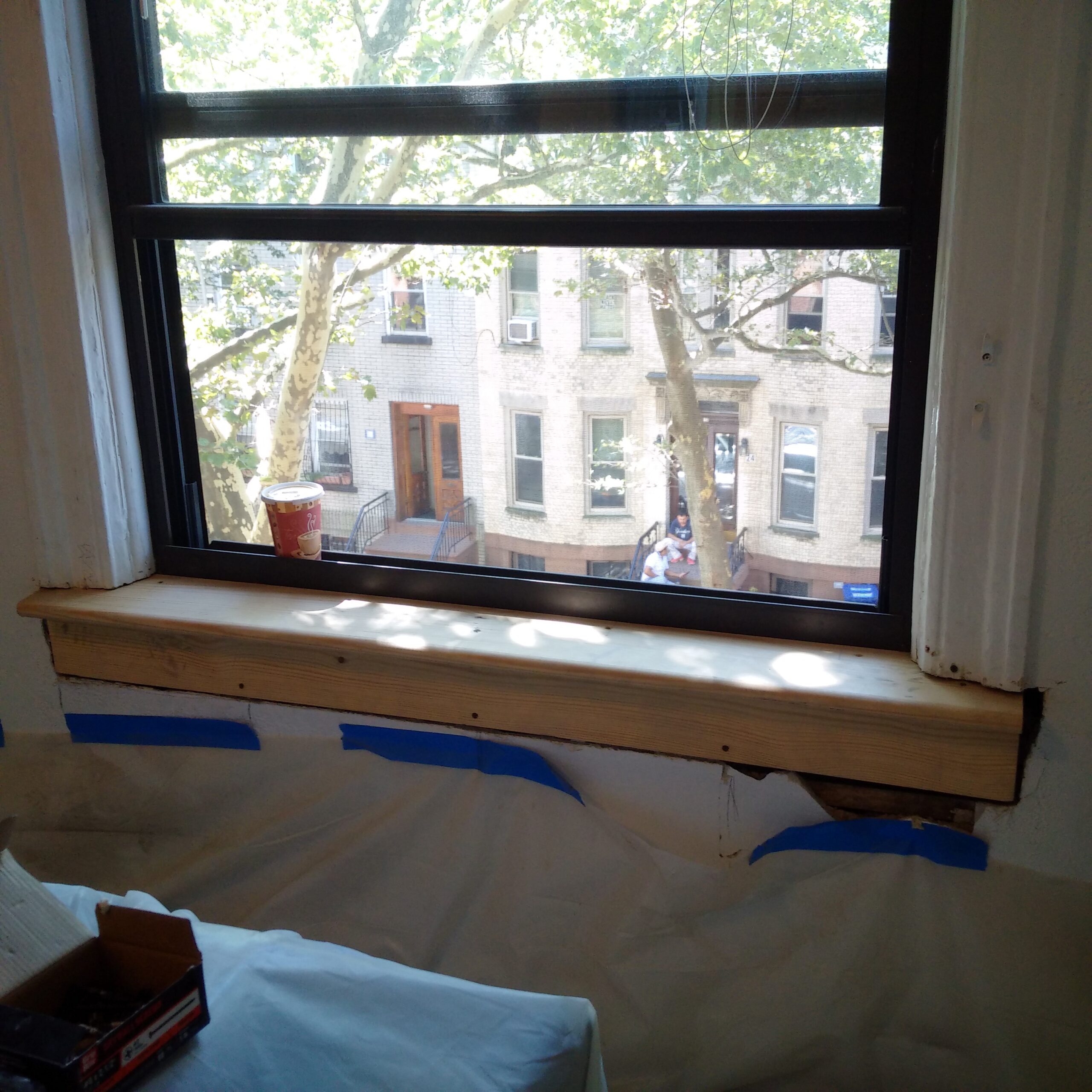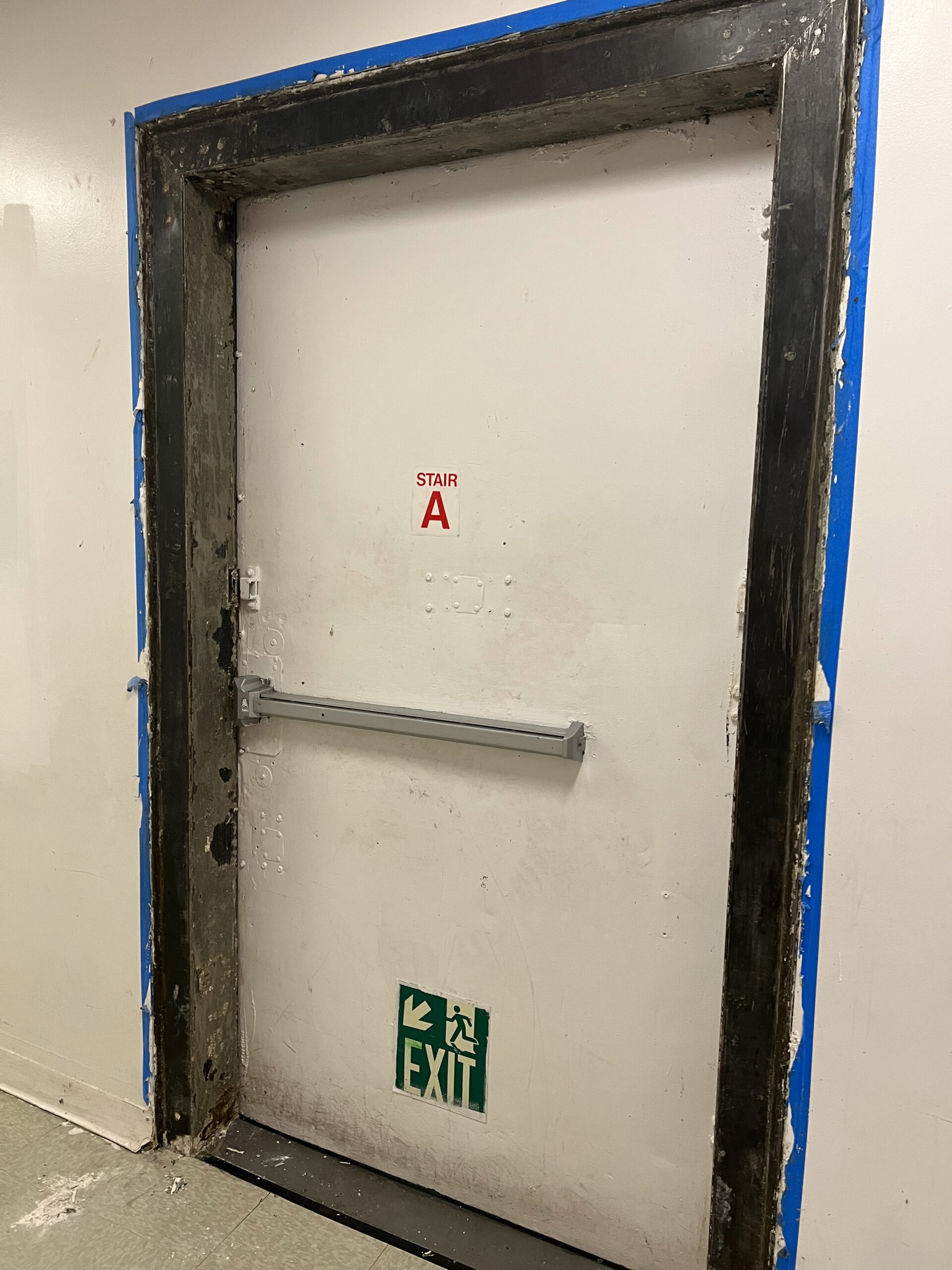Relied On Lead Paint Removal Company-- NYC's Premier Lead Abatement Service
Relied On Lead Paint Removal Company-- NYC's Premier Lead Abatement Service
Blog Article
Essential Tools and Strategies for Reliable Lead Offense Clean-up
Attending to lead violations effectively necessitates a thorough strategy that mixes the right tools with strategic methods. The primary step includes equipping employees with Individual Protective Tools (PPE) to guard their health and wellness. Concurrently, using specialized cleaning tools, such as HEPA vacuums and lead-specific cleansing representatives, is critical for detailed pollutant removal. Reliable containment approaches, consisting of plastic bed linen and adverse air stress systems, are important to stop the spread of hazardous products. Additionally, secure disposal methods and strict adherence to governing standards make certain accountable handling of harmful waste. What are the nuanced techniques that absolutely make a distinction?
Personal Protective Devices
Individual protective devices (PPE) is a critical component in the effective administration of lead contamination cleaning. The necessary PPE for lead cleaning consists of respirators, safety clothes, gloves, and eye security.
Respirators, particularly those equipped with HEPA filters, are essential for filtering system air-borne lead particles, preventing inhalation. Protective apparel, consisting of coveralls and non reusable matches, protects against lead dirt from adhering to workers' garments, decreasing the risk of additional contamination.
Additionally, extensive training on the appropriate usage and maintenance of PPE is vital. Employees should be informed on donning and doffing procedures to stay clear of contamination. Regular assessments and substitutes of PPE elements are necessary to preserve their protective capacities, guaranteeing a risk-free and certified cleaning operation.
Specialized Cleanup Devices

Another necessary tool is the wet/dry vacuum cleaner, which can efficiently cleanse up both dust and liquid contaminants. These vacuums typically come with HEPA filters to give an added layer of safety. Damp cleans or tack fabrics are likewise vital for surface area cleansing; they are specifically created to catch and hold lead fragments, lowering the threat of spreading contamination.
For even more persistent down payments, specialized lead-removal cleaner are required. These agents are developed to damage down lead particles, making them much easier to get rid of. Scrub brushes with sturdy bristles can help in this process, particularly on harsh surfaces where lead dust tends to stick more highly.
In addition, encapsulants are utilized to secure lead-contaminated surface areas, avoiding the launch of lead dust. These specialized paints and coatings are made to follow various substrates, offering a long-term service for lead control.
Reliable Control Approaches
Effective control approaches are vital in alleviating the spread of lead contamination throughout clean-up tasks. Implementing durable containment methods makes sure that lead fragments do not migrate to unaffected locations, thereby safeguarding both workers and the environment. One key technique is the usage of plastic sheet to seal off infected zones. Heavy-duty polyethylene obstacles can be mounted from flooring to ceiling to produce a regulated workspace, considerably minimizing the threat of airborne lead dirt dispersal.

To enhance control, encapsulants can be put on surface areas that are not being eliminated or disturbed. These specialized coatings bind lead dust, reducing its accessibility for resuspension. Additionally, all employees must use appropriate Individual Protective Equipment (PPE), including respirators and non reusable suits, to stop contamination spread.
Safe Disposal Practices
Ensuring risk-free disposal methods is a critical component in the administration of lead contamination cleanup. Correct disposal mitigates the risk of lead returning to the atmosphere and endangering public health (DOH & HPD Lead Violation Removal NYC).
Transporting lead waste needs adherence to stringent standards. Making use of accredited contaminated materials carriers makes certain that the materials are handled properly. Documentation, consisting of manifests outlining the kind and amount of waste, ought to go along with shipments to track the waste from the site of beginning to its final disposal destination.
Designated contaminated materials disposal facilities are geared up to deal with lead-contaminated products securely. These centers usually utilize sophisticated techniques such as stabilization, solidification, or chemical therapy to neutralize the lead before disposal. Landfilling in specialized, lined areas that protect against leachate from polluting groundwater is a common practice for final disposal.
Regular training for employees associated with lead garbage disposal is important to maintain safety and security requirements and prevent unexpected direct exposure. By adhering to these practices, companies can considerably minimize the ecological and health and wellness influences linked with lead contamination.
Regulatory Compliance Tips

Following governing compliance is critical in the effective implementation of lead contamination cleanup. Recognizing and complying with government, state, and neighborhood guidelines ensures not only the security and health of people but likewise the lawful and financial health of the cleanup organization. The Environmental Security Company (EPA) sets stringent standards, such as the Lead Restoration, Repair Service, and Painting (RRP) Regulation, which mandates correct qualification and training for contractors dealing with lead-based tasks.
Compliance begins with an extensive assessment of suitable regulations and guidelines. Organizations needs to stay upgraded on any type of legislative adjustments, which can be facilitated via normal training sessions and registering for market updates. Documentation try here is one more crucial compliance element; maintaining in-depth records of all activities, consisting of inspection reports, employee training logs, and disposal materializes, is important.
Moreover, involving with licensed lead examiners or risk assessors makes sure that lead hazards are correctly determined and alleviated. Companies should implement using Individual Safety Devices (PPE) and ensure that security procedures are strictly adhered to. Transparent communication with stakeholders, including employees, clients, and regulative bodies, will promote a culture of compliance and responsibility, ultimately contributing to a much safer and a lot more efficient lead cleaning process.
Conclusion
Effective lead offense cleanup requires the assimilation of specialized tools and calculated techniques to guarantee safety and security and efficacy. Individual protective devices (PPE) official website safeguards employees i thought about this from direct exposure, while secure disposal practices and stringent adherence to regulative conformity are important for properly taking care of hazardous waste.
Report this page